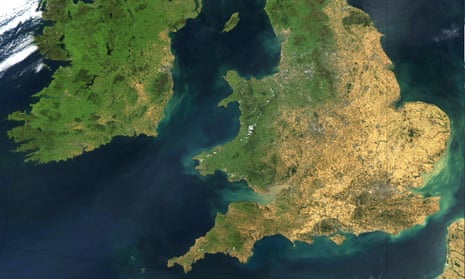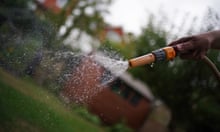Despite the heavy rain and thunderstorms that have hit the UK this week, several areas of the country remain in drought. Drought was officially declared across eight regions of England on Friday 12 August, with a ninth – Yorkshire – added a few days later.
What is a drought?
There is no single definition for a drought, but one way of describing it is a prolonged period of abnormally low rainfall, leading to a shortage of water. In the UK, many areas had much lower than average rainfall for July.
This lack of rainfall, relative to what would normally be expected in the UK at this time of year, has been combined with record high temperatures.
What are the effects of drought?
The combination of record temperatures and low rainfall has left the UK’s land much drier than it should be. Data from the UK Centre of Ecology and Hydrology shows that most of south and east England have very dry conditions underground. Such conditions are of particular concern to farmers, who typically drill their seeds at this time of year – a job that could prove impossible when the land is hard and dry.
Across the UK, scenes of dead grass and dried-up rivers have become a familiar sight. These changes are so stark they can be seen from space. Satellite imagery shows the UK has been scorched, turning from green to brown in a matter of months, even more so than in recent years as this comparison with August 2020 illustrates.
What can the UK do about drought?
Water companies have a responsibility to invest in infrastructure to ensure a reliable supply of water. However, many have been criticised for failing to do this. Some companies have failed to tackle leaks and pollution, or to build more reservoirs, even as their bosses continue to be rewarded with large bonuses.
While the government has emphasised that essential water supplies to households are not at risk, water companies are asking people to try to save water where possible. Hosepipe bans have been announced in several of the worst-hit areas, with Thames Water the latest to declare the restriction this week.
However, with drought conditions expected to continue until October and possibly the new year, alongside fears that droughts will become a more common occurrence, longer-term solutions from water companies are increasingly urgent.








